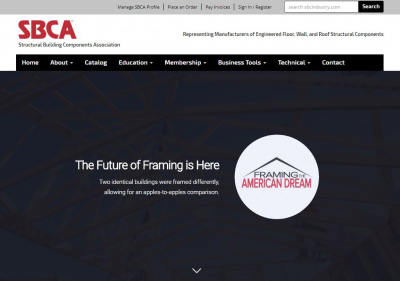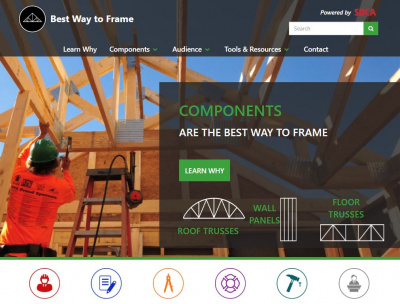The trendy words in the market today are “off-site construction.” Tom Walker of British Plastics and Rubber says that “One trend in the [British] construction market is the use of pre-fabricated Structural Insulated Panels (SIPS).
This method utilises a technique where sections of buildings can be made offsite and then shipped directly to the building site can be quickly craned into position and bolted together.

This significantly cuts down on construction times when compared to traditional bricks and mortar methods and therefore reduces costs of manpower and materials required during building phases.
Pre-fabricated systems typically comprise of a range of interlocking panels, each of which is effectively a sandwich of grey EPS glued between an outer and inner board materials which is specified according to the building needs.
DS Smith offers a range of EPS blocks, available in a range of size and densities.
Its EPS block is widely used in the construction industry for wall and floor insulation, as well as in the packaging sector, where parts that are simple shapes can hot wire cut to protect corners and edges.
Using EPS as part of a pre-fabricated building system can also lower CO2 emissions when transporting building components to construction sites, as EPS is an exceptionally lightweight solution to many building applications, due to it being effectively 98 per cent air.”
This point of view confirms SBCA's Framing the American Dream (FAD) project which said that it takes roughly 145 hours for the entire off-site component framing process to completely close in a roughly 2,600 square foot home. This was first done in 1995 & then again in 2015. Please see SBCA's Framing the American Dream and Best Way to Frame websites for more information.
SBCA developed a cost calculator that further proves the dollar value of panelized framing. The 2015 project also included foam sheathed wall panels with spray foam. The goal was to learn about the speed of panelized walls that also used state of the art energy efficiency techniques. To learn more about using this calculator as a sales tool please call Jess Lohse or Sean Shields at SBCA 608-274-4849 to review it.
The following video shows in very real terms the efficiency and labor savings that energy efficient panels and “off-site framing” can provide.
This labor efficiency truth was born in 1952 through the creation of the truss plate and has grown into a manufacturing industry worth greater than the $5 billion annually today.
The future of this industry will be written by off-site framing leaders who continue to innovate until no more improvements are possible. SBCA and the Foam Sheathing Committee have very intelligent members working on innovation. We'd love to have more of the best & brightest working with us to evolve the off-site framing industry into the best innovative, energy efficient & valuable solution it can be. These members will be leading the way here and we hope for many more to join us.

